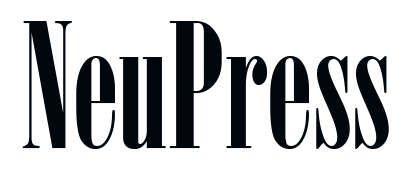Neumann has soared to new heights in rankings for social mobility: #18 in Pennsylvania and #86 in...
Neumann’s first successful semester on Canvas

After years of using the educational technology company Blackboard, Neumann University switched over to a new coursework hub in Instructure’s Canvas this past summer.
The choice was made as Neumann University’s license to use Blackboard expired at the end of the 2023 spring semester.
Blackboard and Canvas perform the same functions, as both are web-based learning management systems that organize coursework for both students and professors. The difference is the layout that these systems use.
For example, when uploading a document to Canvas, the user must always agree to the terms and conditions of the system before submitting, whereas Blackboard did not have this step before assignment submission.
Canvas adds more specificity to the way it organizes coursework, as the “module” tab allows for professors to put their assigned work into more specific categories of their choosing.
To smooth out the transition from Blackboard to Canvas, Neumann has provided users of the Neumann portal with a knowledge base that consists of tutorial videos and slideshows that assist in navigating the system correctly. 24/7 Canvas support is also provided through a Canvas hotline or the help button on Canvas itself.
With this being the first semester that Neumann University has used Canvas, students had positive reviews to give the school’s transition. “Canvas has worked fine for me; I like having the mobile app and having all assignments in a row organized using the module feature,” said Louie Rizzo, a sophomore computer information systems major.
“I actually like it better than Blackboard, it's easier to communicate with my teachers more and receive feedback on schoolwork,” stated Teni Jehanian, a junior education major.
Feelings about Canvas are a bit more neutral from a professor’s perspective. “Blackboard was ok, Canvas is ok, neither is perfect.” said Doctor Joseph Glass, a communications and theology professor.
“Getting started with canvas was a bit intimidating in August, because the default module was designed for totally on-line classes. The key was deleting most of the stuff in the default module. Once I did that, it started looking like Blackboard, and I felt more comfortable,” he continued.
As the semester comes to a close, Neumann has found a new home for students and professors to access their coursework.




